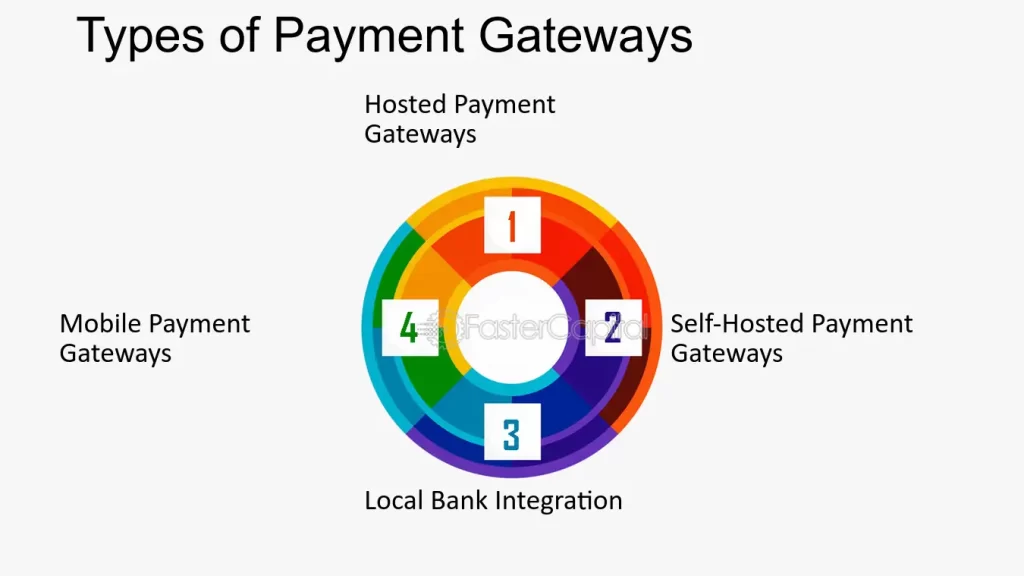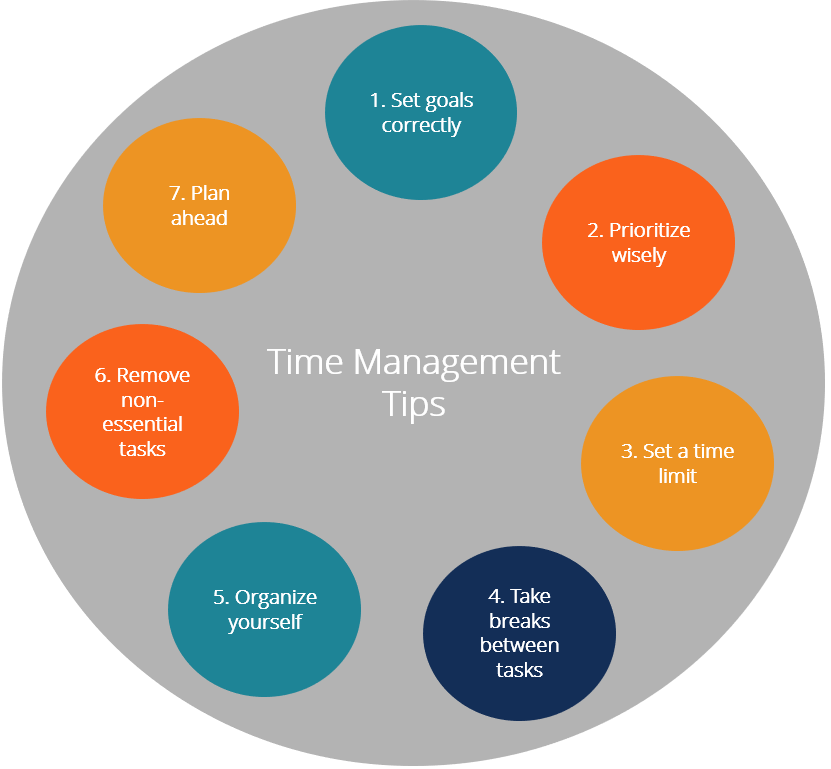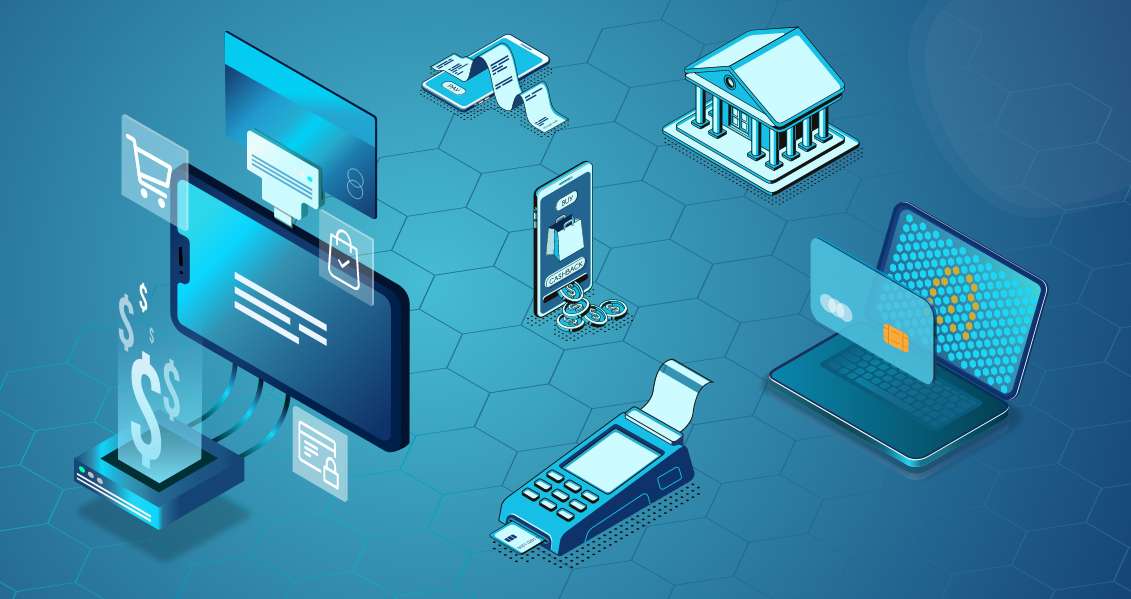AUTHOR : HANIYA SMITH
DATE : 02/11/2023
Introduction
In the rapidly evolving landscape of the digital age, conducting transactions online has become the standard practice. Whether it’s for purchasing products, paying for services, or transferring funds, payment gateways[1] play a pivotal role in facilitating these transactions. However, the concept of payment gateway limits is often overlooked, and many users are unaware of its implications. In this article, we’ll delve into the world of payment gateway limits[2], explaining what they are, how they work, and how you can effectively manage them to ensure smooth and uninterrupted transactions.
What is a Payment Gateway Limit?
Payment[3] gateway limits refer to the predefined restrictions placed on the volume and value of transactions that can be processed through a specific payment gateway[4] within a certain timeframe. These limits are set by payment service providers[5] to manage risk, prevent fraudulent activities, and maintain the stability and security of their systems.
Types of Payment Gateway Limits

- Transaction Volume Limits: These limits restrict the number of transactions that can be processed in a given time period, often daily or monthly.
- Transaction Value Limits: These limits cap the maximum amount that can be transacted in a single transaction or within a specified timeframe.
- Velocity Limits: Velocity limits control the frequency at which transactions can occur within a short time, preventing rapid and potentially suspicious transactions.
- Account Age Limits: Some Payment Gateway Limits may impose limits based on the age of the user’s account, gradually increasing limits as the account gains credibility.
Why Do Payment Gateways Have Limits?
The serve several essential purposes:
- Security: Limits help protect against fraudulent transactions, reducing the risk of unauthorized access and financial losses.
- Risk Management: They aid in managing the risk associated with high-value or high-frequency transactions.
- System Stability: By controlling the volume of transactions, limits ensure the smooth functioning of the payment gateway and prevent system overload.
How to Manage

1. Account Verification
Complete the verification process with your payment service provider to increase your transaction limits. This often involves submitting identification documents and confirming your identity.
2. Regularly Review Your Limits
Frequently check your transaction limits and monitor your usage to ensure you stay within the allowed thresholds.
3. Plan Transactions Wisely
If you anticipate high-value transactions, plan them in advance and coordinate with your payment service provider to accommodate them within your limits.
4. Diversify Payment Methods
Utilize multiple payment gateways to distribute your transactions and reduce the strain on a single gateway.
The Importance of Monitoring Payment Gateway Limits
1. Preventing Transaction Failures
Exceeding your payment gateway limits can result in transaction failures. This can be frustrating for both you and your customers, leading to lost sales and a negative user experience. Regularly monitoring your limits ensures that you can take necessary actions to avoid these issues.
2. Minimizing Disruptions
Sudden disruptions in your online transactions can harm your business. By staying well below your payment gateway limits, you can ensure a consistent and reliable transaction process, which builds trust with your customers.
3. Fraud Prevention
They are in place to prevent fraudulent activities. By adhering to these limits and proactively monitoring your transactions, you can protect your business from potential fraudsters.
Strategies for Effective Limit Management

1. Plan for Growth
If you expect your business to grow and generate higher transaction volumes, plan accordingly. Contact your payment service provider to discuss increasing your limits in anticipation of increased demand.
2. Seek Customized Solutions
Some payment service providers offer customized limits for businesses with specific needs. Discuss your requirements with your provider to explore tailored solutions that suit your business model.
3. Stay Informed
Payment service providers may update their policies and limits periodically. Stay informed about these changes to ensure that you’re always in compliance.
4. Optimize Your Transactions
Optimize your transactions by ensuring that they are accurately categorized and that you’re not inadvertently triggering velocity limits. This can help you maximize.
Conclusion
They are a fundamental aspect of online transactions. Understanding them and managing them effectively is crucial for smooth and secure financial transactions. By adhering to your payment service provider’s guidelines and proactively monitoring your usage, you can make the most of these limits without encountering disruptions in your online transactions.
FAQs
1. Can I change my payment gateway limits?
- They can often be increased after you’ve established a trustworthy history with your service provider. Contact their support for guidance.
2. What happens if I exceed my payment gateway limits?
- Exceeding your limits can lead to transaction failures or even account suspension. It’s essential to stay within the prescribed boundaries.
3. How often are payment gateway limits reviewed or adjusted?
- The frequency of reviews and adjustments can vary between providers. Some may do so periodically, while others may respond to your request when needed.
4. Are payment gateway limits the same for all users?
- They can differ based on factors such as account age, transaction history, and the type of business or service you provide.
5. Can I use multiple payment gateways simultaneously for a single transaction?
- In most cases, using multiple payment gateways for a single transaction is not recommended, as it can lead to complications and increased processing time.





